F20 Carbon: A New kind of Catsailing
At some degree the hiflights are slow, but how can you match that kind of fun? And with the right trim and more hours, this boat’s overall performance for racing and fun sailing will be difficult to equalize…
—
Same video at VIMEO for those with problems to see it:
Macca and Fergie test session on the Nacra F20 Carbon

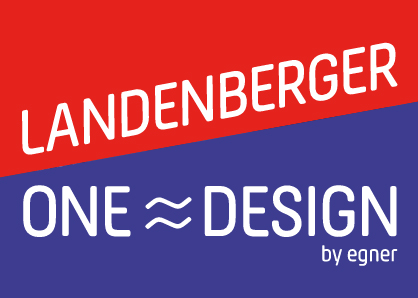
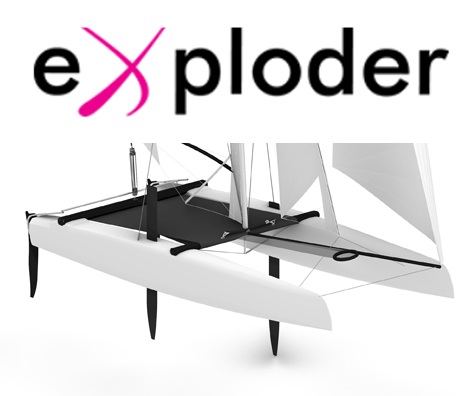
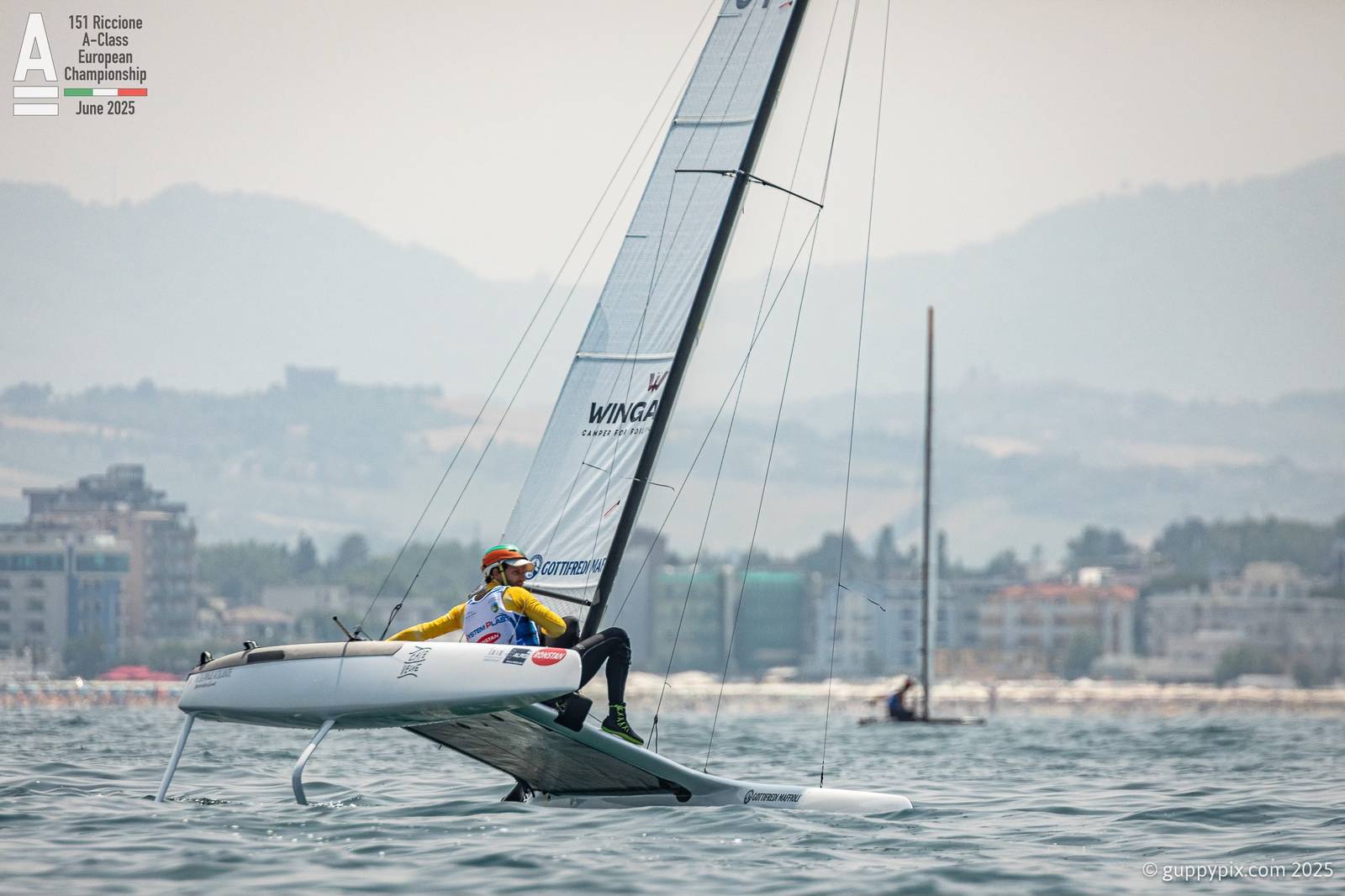
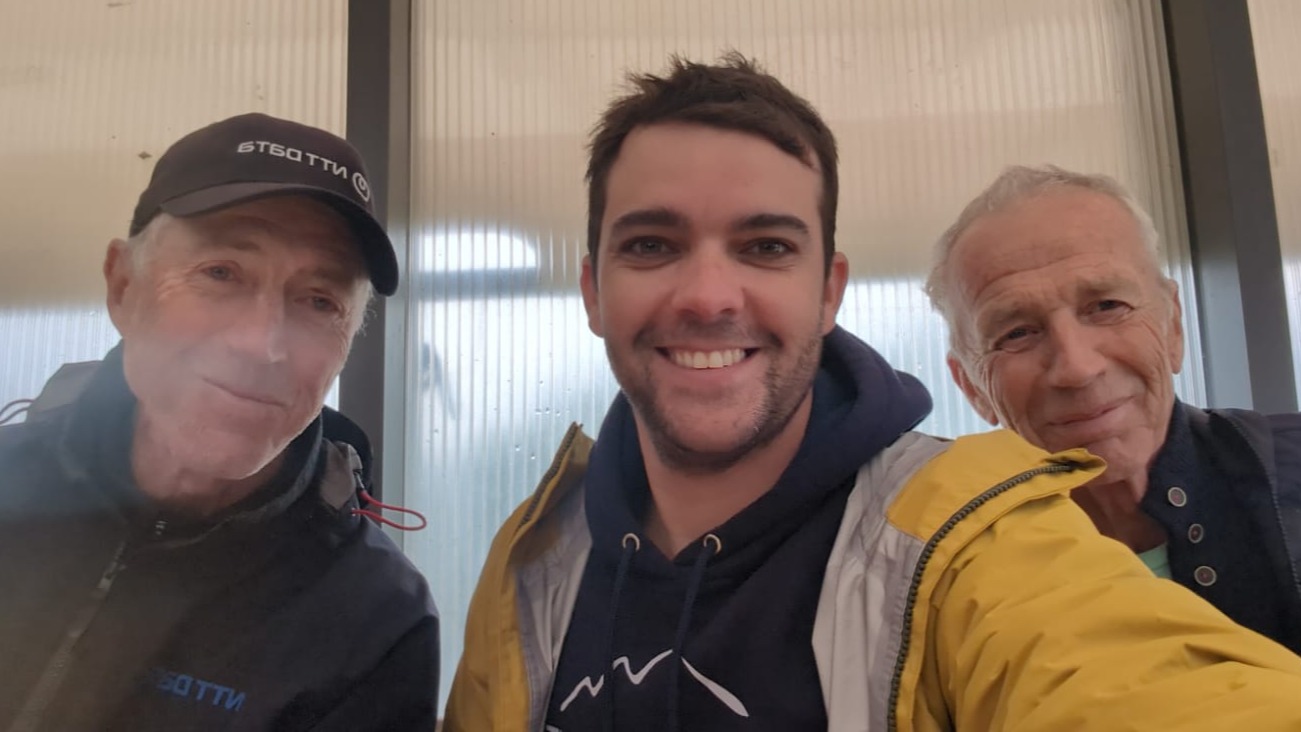
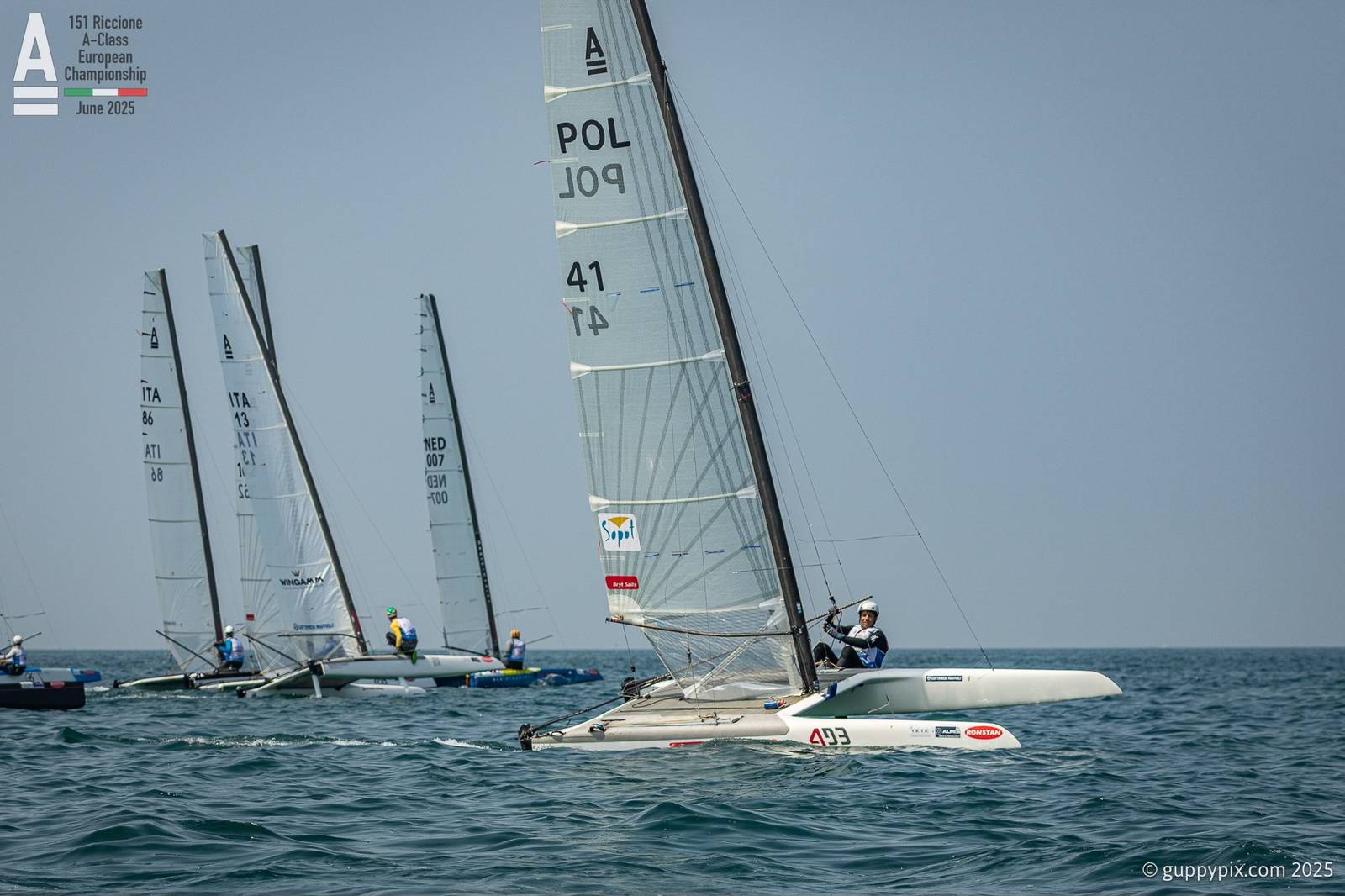
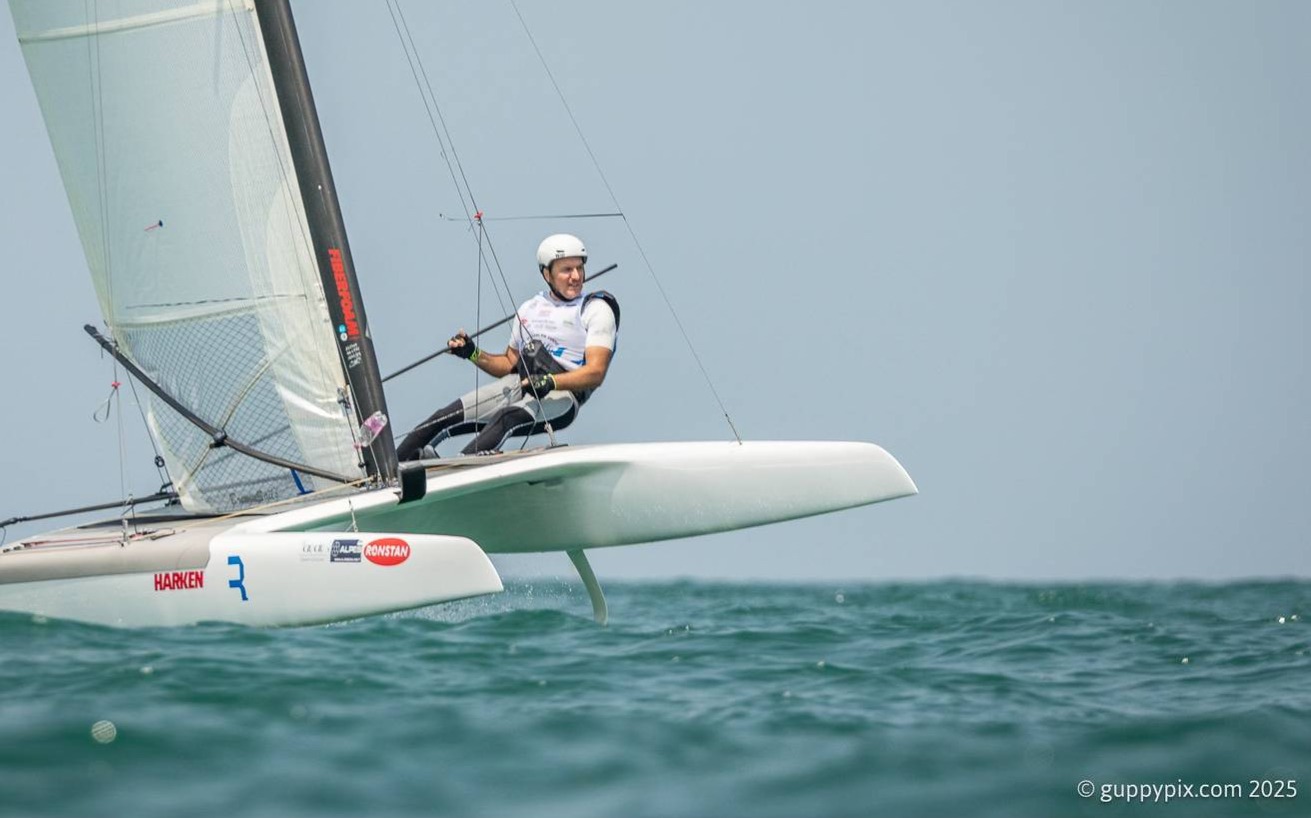
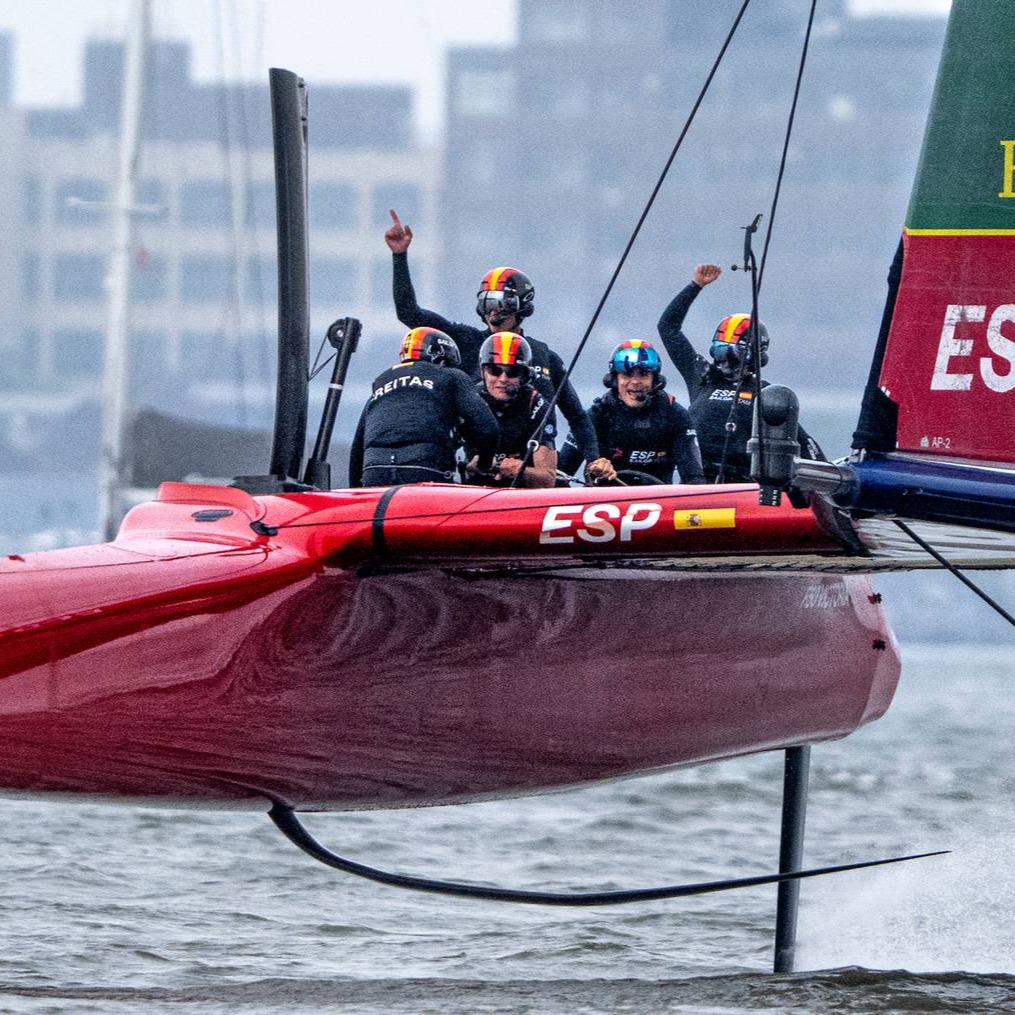
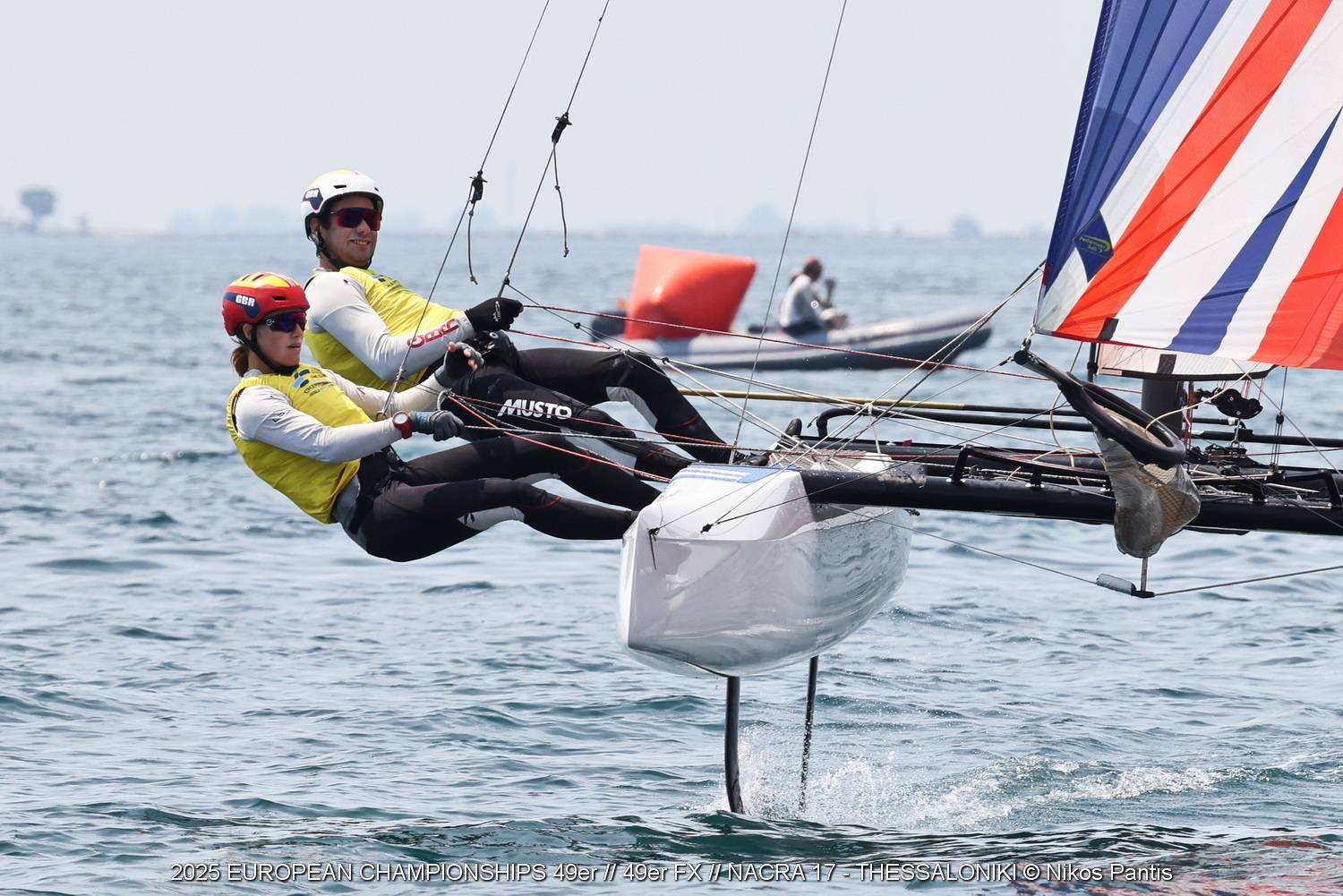
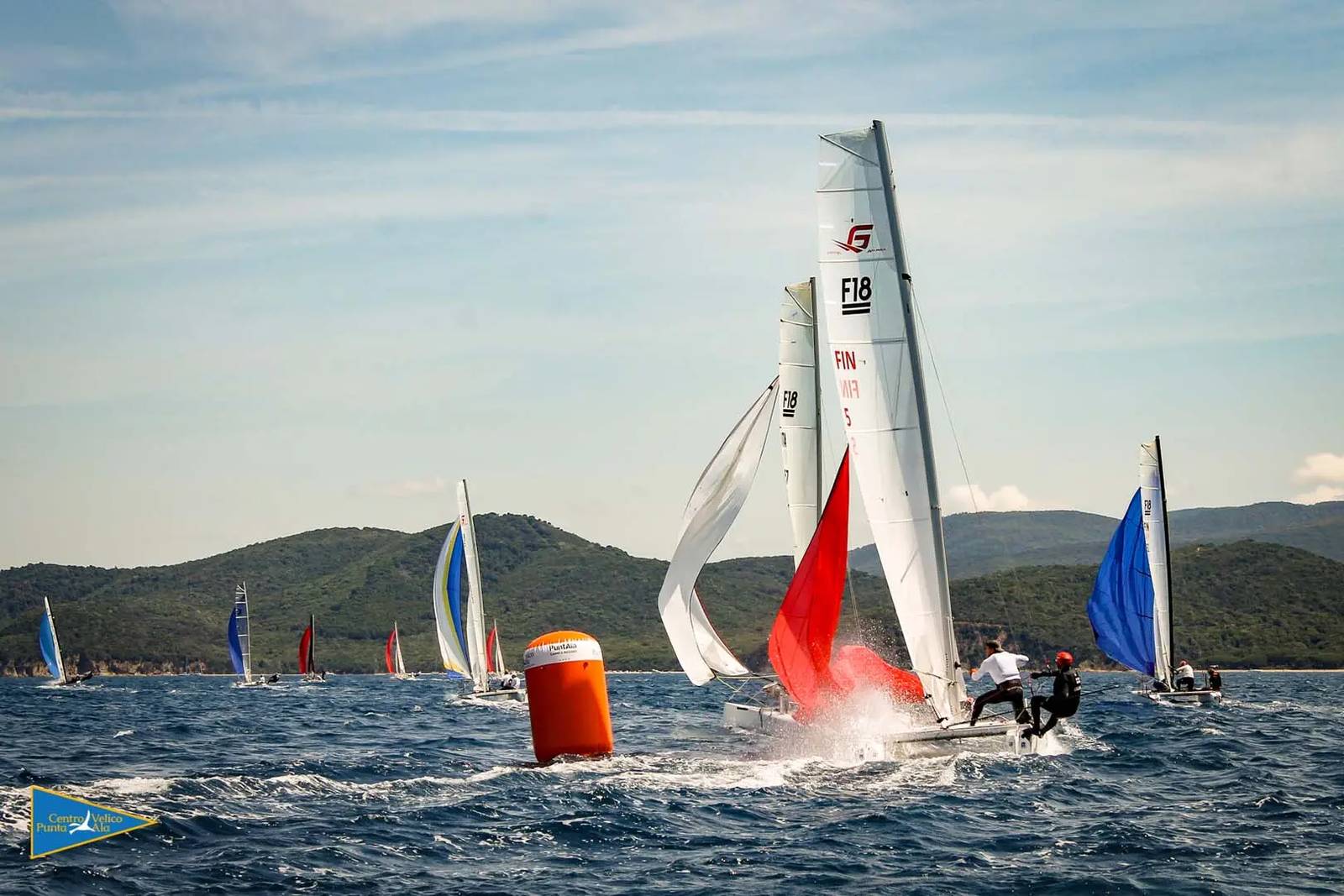
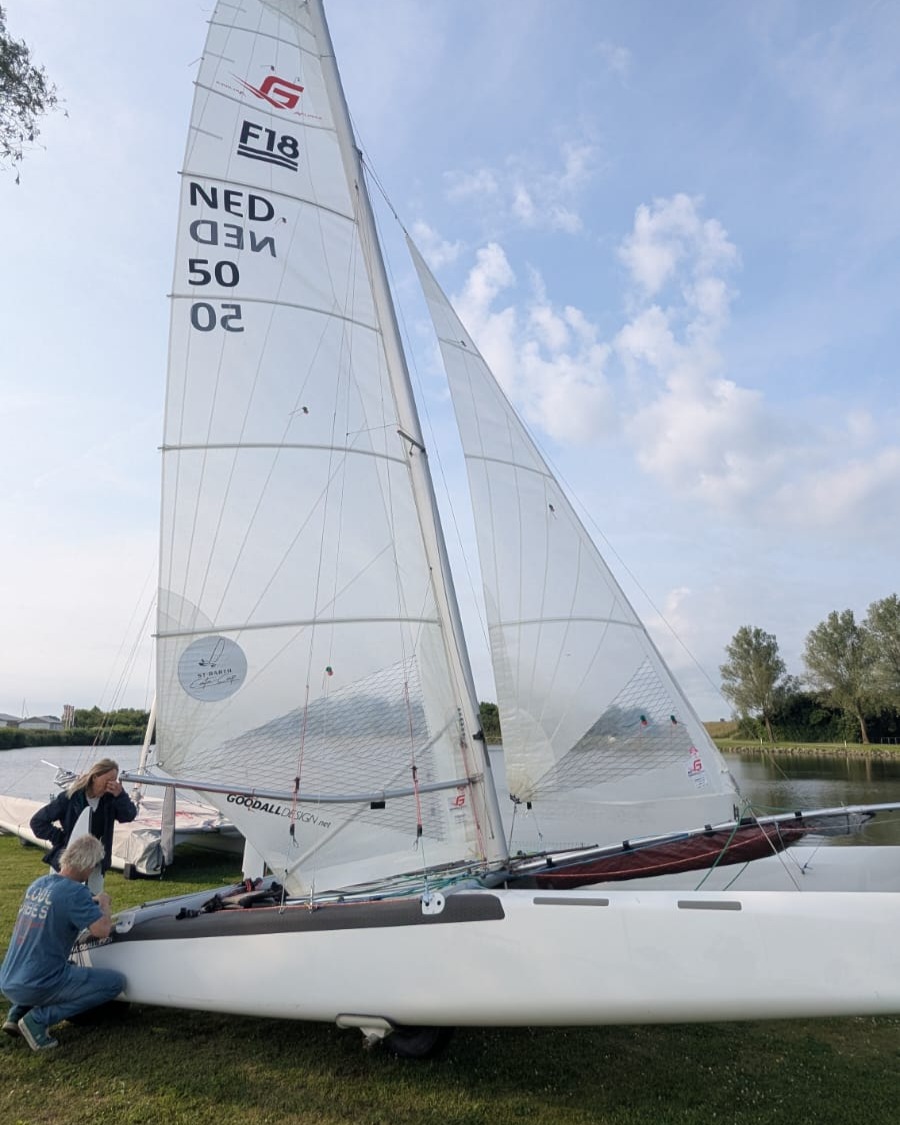
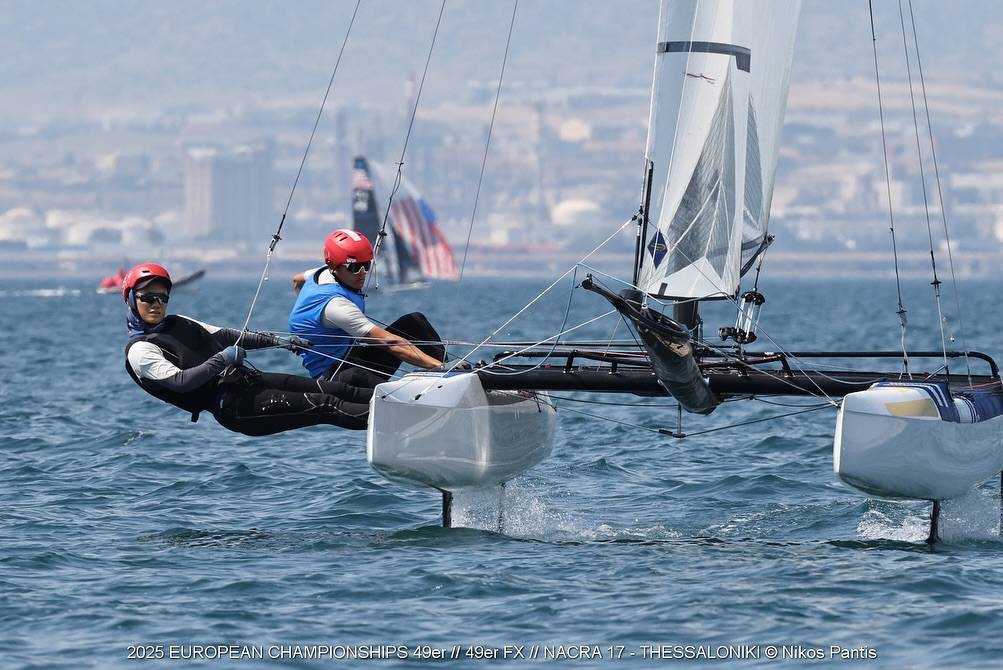



















Argh, can't see the video in Norway, fuckings Sony blocked the video because of music copyrights.
Check VIMEO alternative https://vimeo.com/15885268
I guess the curved boards help prevent pitchpoling, but sailing with the bows high in the air looks inefficient.
Why even bother to design the hulls wave piercing when the hulls barely touch water?
Maybe this design would be better and simpler with straight daggerboards?
Anyway, what's the conclusion on the F20; how does it compare to the Tornado and the M20?
Hi, it looks like it want to fly easy, but this is just controlled freestyle fun. the boat is so sensitive that 20 cm back of forwards of the crew waite makes a big differens in flying or going straight… and fast 😉
If you look closely in the video you will see you still need the wave piercing hulls.
Hi all! I can say that the new Nacra 20-Carbon is mutch faster than the M-20. I sailed the M-20 for the last 8 years and won the round Texel race two times with it. But this year i lost all the races against the Nacra-20. It was frustrating to see. So i sold mine M-20 and ordered a Nacra 20. I advice everyone who wants to be he fasted on the water, to do the same!!!
See you on the water!
The curved boards look like a great asset when bearing away under spinnaker. But, when feathering to depower while sailing upwind there is obviously a bad feedback loop where the rudder input causes bow up trim, which increases angle of attack on the boards, which increases lift, which causes more bow up trim, which causes more lift…until the foil stalls or the boat flies. it would appear some very good crew anticipation and correction of this behaviour is required to maintain maximum speed upwind.
Guys, its not a problem. EVER! the boat is seriously quick upwind and you can easily control the amount of lift from the foil with body positioning. We could have done a video where we sailed the boat at full speed all the time and didn't show any lift. But that's boring!!
Macca
Just to be clear, I wasn't calling it a problem and I was aware that you guys were horsing around rather than going for flatout boatspeed in the video.
From a control system perspective the feedback loop you get when heading up while sailing upwind is "bad" because it doesn't stabilize (without crew input) until the boat has lost a lot of speed.
A "good" feedback loop in this case would be one that stabilizes at speed, without crew input.
Staight board boats also exhibit this sort of "bad" feedback loop but the magnitude and effects are less due to less vertical lift. Thus, my observation that it requires some good work from the crew to maintain optimum boat speed upwind.
Whether it requires more or less crew input (and/or is more difficult) to maintain a given speed compared to a boat with straight boards is subjective and the lucky people, such as yourself Macca, who get to sail both can make up their own minds. Evidently you think it is fine. For my own part, I do not see it as a problem either and would love to sail a Carbon 20.
My main interest in observing this dynamic behaviour is with consideration to catamarans in the 35-45foot range where crew weight cannot be used to control the feedback loop (this sort of behaviour can also be seen on the ORMA 60s, now that I've gone looking for it). I think there are some challenging dynamic stability issues to be addressed there before we start seeing them on midesize multis.
I think now, since pitching is not a problem on those wind conditions, the guys from nacra should starting thinking about different hull shapes, something that would decrease the area of contact with the water and still giving the same performance, something that would make the boat somehow to glide over the water.
that is my point of view, I dont know if you all agree with me.